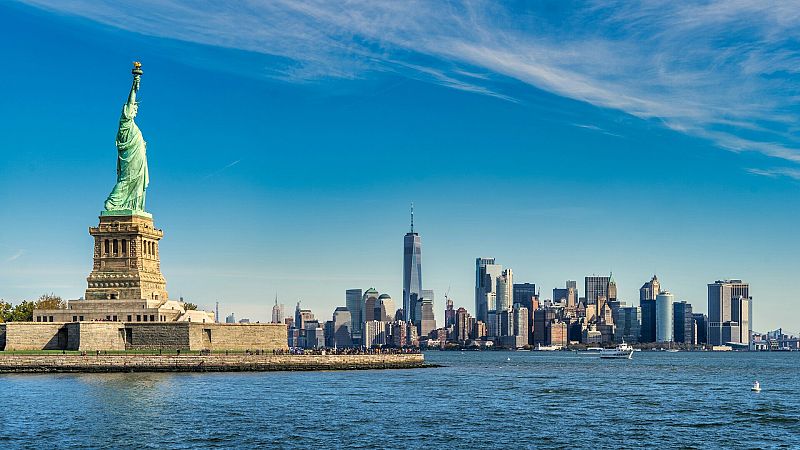US government shutdown impacts travellers: What it means for flights, museums and national parks

Travellers heading to the United States this week are facing an unwelcome surprise: another government shutdown, the tenth since 1976 and third under Donald Trump.
The shutdown began on 1 October after lawmakers in Washington failed to pass a funding bill. While the political stalemate is centred on Capitol Hill, its effects are already rippling through the country and disrupting travel.
Flights and cruises are still operating normally, but federally funded attractions have started to close, national parks are offering limited services and confusion is clouding travel plans. Beyond inconveniencing visitors, the tourism industry itself is bracing for heavy losses.
The US Travel Association estimates the shutdown could drain around €920 million from the travel economy every week it continues, hitting not just airlines and hotels, but also the small businesses that rely on tourism.
Here’s what travellers planning trips to the US need to know.
Will my flight be affected?
Flights are operating as normal for now. Air traffic controllers and Transportation Security Administration (TSA) agents are considered essential and remain on duty. But because they are working without pay, experts warn that staff shortages, longer queues and potential delays are likely if the shutdown drags on, as it seems likely to do.
Non-essential Federal Aviation Administration (FAA) functions, including certification, safety approvals and infrastructure projects, are suspended. Travellers may not notice immediately, but the longer the shutdown continues, the greater the risk of disruptions, from extended security waits to air traffic control issues due to staff shortages.
Are cruise ships running?
Cruise holidays from US ports are largely unaffected. Essential federal personnel, including Coast Guard employees and border agents, will continue to report to work, although many federal workers who support cruise ship operations are currently unpaid.
The biggest disruptions for travellers on cruises are likely to occur at national parks.
Can I still visit national parks?
National parks remain partly open, but with significant limitations.
Outdoor spaces such as roads, trails and memorials will remain accessible, while staffed facilities – including visitor centres and monuments – are closed. At Philadelphia’s Liberty Bell, for example, tourists were turned away on the first day of the shutdown, the Associated Press reported.
Popular destinations such as Yosemite, Yellowstone and the Statue of Liberty remain open to visitors, though services are scaled back. The Utah Office of Tourism said that the state’s five national parks – Arches, Bryce Canyon, Canyonlands, Capitol Reef and Zion – will remain open as well.
Travellers are advised to check official information for updates, as the Department of the Interior has warned that areas may close entirely if safety or conservation is at risk.
The scale of the disruption is significant for park workers, too. About 64 per cent of National Park Service employees, or roughly 9,300 staff, have been furloughed. Those losses compound previous cuts that left America’s popular parks strained.
Earlier this year, the New York Times reported that national park staffing was down an estimated 24 per cent. Bill Wade, executive director of the Association of National Park Rangers, told NPR that he worries more park staff are now at risk of being fired outright.
Which museums are closed?
Visitors to Washington DC and other US cities will find many federally funded museums shut. The National Archives and the Washington Monument are among the dozen already closed in the nation’s capital, according to the official tourism bureau.
One Reddit user who had planned to travel to the US to visit the Library of Congress said she was "heartbroken" to find it would be closed indefinitely.
While most federally funded museums will shut, some Smithsonian museums and the National Zoo remain open temporarily using leftover funds, but only until 6 October at the latest. Privately funded museums are unaffected.
There is good news for travellers hoping to catch a performance. Theatres and concerts are continuing as planned. Even the John F. Kennedy Center for the Performing Arts is going ahead with its scheduled performances, albeit with reduced staff.
What else is affected?
Those awaiting visa approval might be left waiting a while longer.
While US embassies and consulates continue to provide essential services, the American Immigration Council has warned that reduced staffing will likely lead to visa delays and backlogs.
For now, these are the only disruptions, although they amount to major shake-ups for many. While travellers can still board flights and cruises, they should expect reduced access to museums and parks – some of the biggest reasons people visit the US.
Travellers are advised to check official websites for closure updates before making plans.
Today

